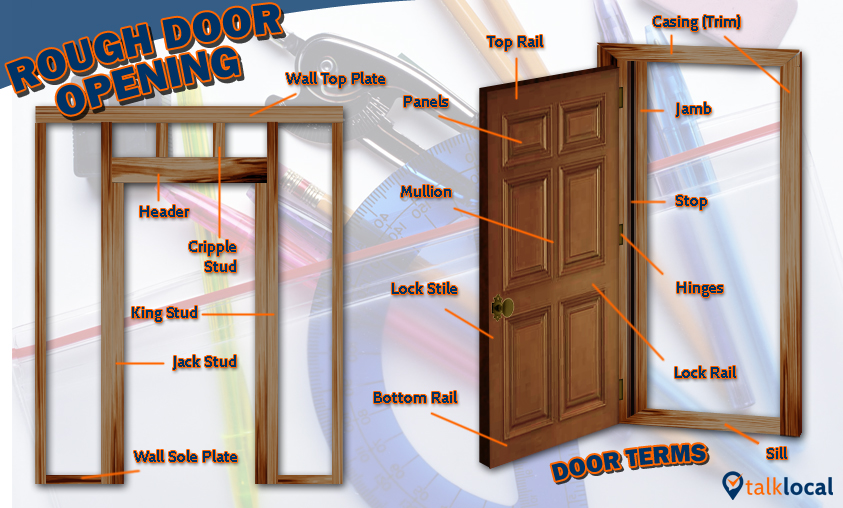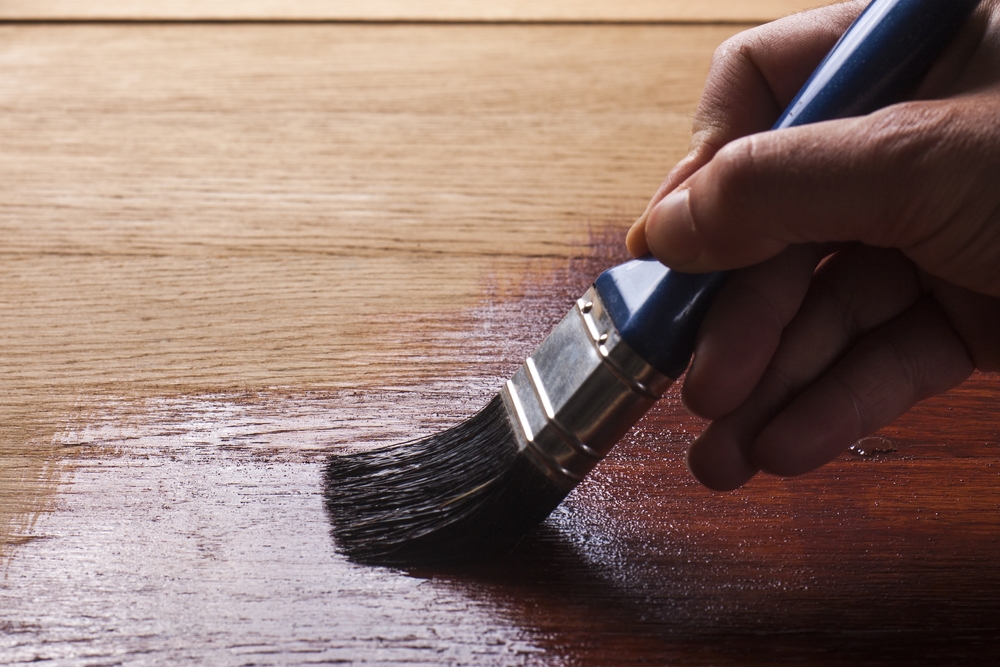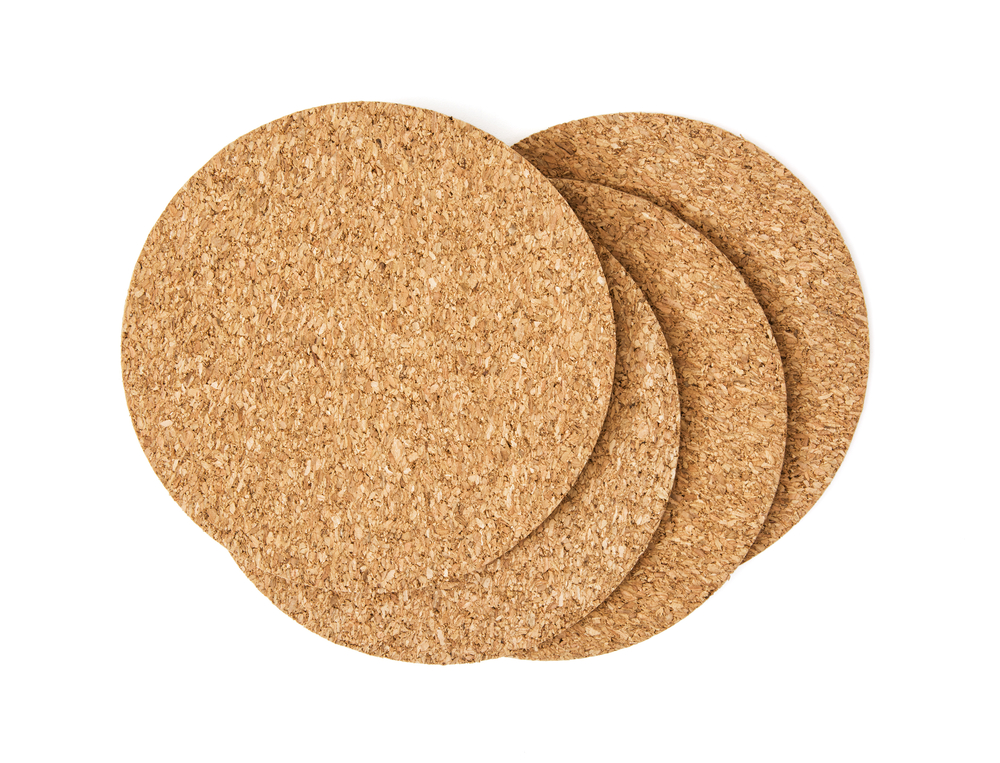Whether or not you’re the type of person who’s bothered by slight blemishes like a crack in concrete, those little fractures need your attention – ice, dirt, and roots can deepen the crack until it becomes both hazardous and unsightly. Fortunately, learning how to repair concrete steps and curbs isn’t always backbreaking.
Here are some tips for DIY repair of three common problems: crack large and small, chipped stairs, and damaged curbs.
The required materials, standard fare at any local hardware store, include:
How to Repair Cracks in Concrete
Small cracks don’t require concrete to repair; instead, you can just grab masonry crack filler, which can be used with a caulking gun. Brush the area clear of dust and debris and wash it down with a hose. After it’s dry, just apply the filler and trowel off any excess.
Bigger cracks require a hammer and chisel. These are used to undercut the edges of the crack, which will allow the vinyl patching compound or mortar to set in more securely. After undercutting, sweep away debris and wash the crack down. Mix the patching compound per manufacturer instructions and tamp it in with the trowel, then smooth it down. As it sets, scrub with wire brush until it matches the surrounding area..
How to Repair Chipped Concrete Steps
If your steps are significantly damaged or chipped on a corner, the procedure is the same as repairing a crack, but it will require mixed concrete, a trowel, and straight planks to use as a form. Just place the planks flush the planks against the steps, clean up the steps with the brush and hose, and apply the concrete and bonding agent.
How to Repair a Concrete Curb
If the curb is too damaged, you’re going to need a jackhammer to clear up the broken pieces. After breaking up the blemished areas, sweep away debris and apply the concrete as previously instructed.
More extensive damages may require replacement of the whole curb – in this case, contact a contractor or your local government.
Want to hire a handyman restore your concrete curbs and steps to their maximum appeal? TalkLocal matches and connects you by phone to a top ranked handyman who knows your problem and wants to help on your schedule. And it’s free! Just describe the task you need done, when, and where. Then stand by until you hear from a handyman near you. Visit TalkLocal to get started.

















